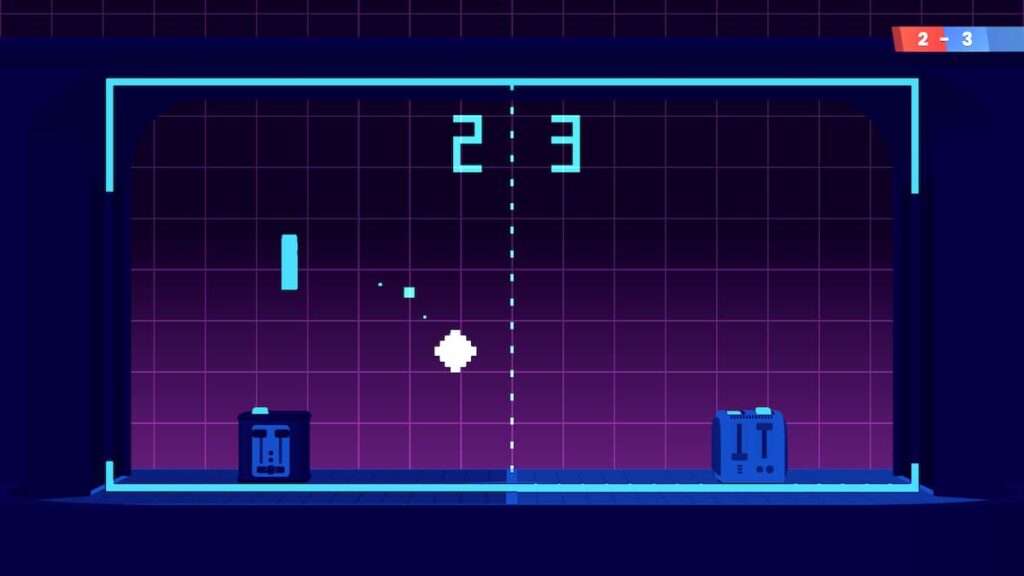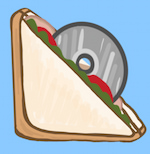Games that come up with the most outlandish concepts that would only be possible in the indie space are always some of my favorite experiences. That is the case with Toasterball, a competitive party game that has you controlling toasters to prevent a ball from going into your goal. While its content is limited, you can have a lot of fun with friends as you come to terms with its simple but tricky controls and physics.
An intense game of table hockey with a side of bread
As I played Toasterball, I was reminded of many times in the past when I played table hockey and wildly threw my arms around trying to stop the puck from going into my goal. For the most part, that is what you are doing here. While the game can be up to 2v2, 1v1 felt like the intended experience. Arenas aren’t that large, so giving the ball more room to move around while flailing yourself around was a lot more fun.
Controlling your toaster consists of using the shoulder buttons to decide which of the toaster slots you want to use to jump around and shoot bread out of. The longer you hold each button, the more power that will come from your jump or bread shot. As you move around, your bread can be used to block the ball if it is out of reach, and collecting it off the ground can equip you for a quick counterattack on your opponent. It takes a little bit to get used to how the toasters control, as things are a little wonky, leading to a lot of own-goals. That gives Toasterball a bit of a learning curve, though not quite as steep as you would see in a game like Rocket League. These easy mess-ups make scoring not always feel earned or rewarding, but it’s not a complicated system to get your head around.

What truly makes Toasterball interesting and fresh is the modifiers that change up gameplay between each goal. There are dozens of unique conditions randomly pulled from as you play each serve, and some really change up the experience. One round, you could be playing with low gravity, and the next, you are slowly being raised to the ceiling that is filled with sawblades. I really enjoyed the variety and the creativity implemented in these modifiers, and I was always excited to see a new one. They keep the casual arcade feel that not enough games go for these days, while maintaining a level of fairness for both sides. I appreciate this light-hearted approach to designing the game. There’s even some fun nods to other video games like a Pong variant and Portal references. Unfortunately, you can’t see all of them when you first start the game. You have to get lucky enough for them to appear since you can’t select them for custom play until you have seen it once, which is a drag, but your first couple of matches will be filled with many surprises.
Final verdict
I found Toasterball to be a blast to play on my Nintendo Switch with my 11-year-old daughter. We had a lot of laughs, and the randomness of the modifiers and the way the ball bounced around made things very evenly matched. There were plenty of games where she beat me, but no match ever felt out of reach. Playing solo against the AI was a distinct drop in quality, as it is the fun you have with your friends that makes this game a good time. There are no special modes outside of standard and custom games, so what you see with Toasterball is all you get. It’s a tiny indie game that you might need to take a break from after a half hour, but you can pop it out any time to show some new friends and have some quick laughs.
Toasterball was reviewed on Nintendo Switch with a code provided by Les Crafteurs. It is also available on PC through Steam.
The Review
PROS
- Modifiers make every new round exciting
- Great party atmosphere for friends and family of any age
- Very quick games that don’t overstay their welcome
CONS
- Takes a bit of getting used to controlling your toaster
- Not likely to be something you continually come back to






